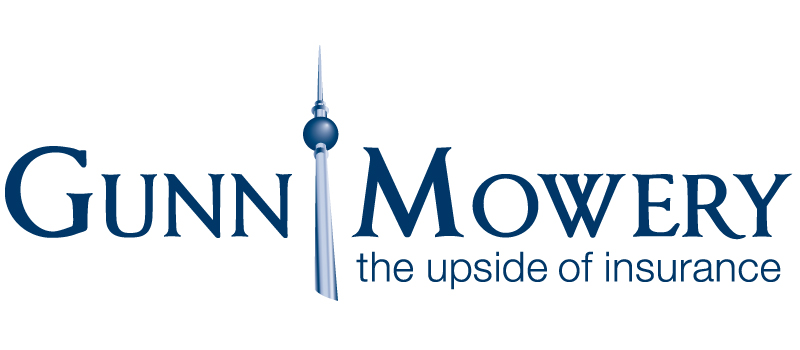Positive employee experience begets customer experience. It’s the circle of life in business, in fact. The concept is simple to follow. Employees, who feel valued and whose wellness at work is a priority of their managers and executives, will have the motivation to produce and treat customers with respect and white-glove service. Any organization who abides by this philosophy is rewarded with employee retention and repeat business.
“To be the best place to buy, you must be the best place to work,” Shep Hyken, bestselling author, keynote speaker, and customer service thought leader, has said. “Treat your employees the way you want your customers to be treated, maybe even better.”
Therefore, Human Resources professionals, who collaborate with the C-suite and middle management to improve the employee experience, can have a great impact on customer service and therefore the bottom line.
The Impact of Employee Happiness on CX
Recently, on CX Network, a sister portal to HR Exchange Network, writer Jerome Small shared a guide to the connection between employee engagement and customer experience. He offers much in the way of data and case studies. Here is one example:
“Spotify is a standout performer when it comes to employee engagement and its subscribers reap the rewards through innovative personalization, automation and a great customer communication strategy. When it comes to traditional employee engagement Spotify has a range of tech platforms to support collaboration and goal measurements, but the streaming platform offers a range of other competitive perks for its employees that help it stand out from competitors and motivate its huge global workforce.”
Another example is the retail chain Wegmans, which consistently get ranked on lists of the best places to work and leads in customer service, too. The company has made it a priority to connect employee’s purpose to their work as means of ensuring people feel purposeful and find meaning in what they do. They have established different channels of communication for employees to voice concerns or campaign for changes. Often, leaders respond and act on those suggestions. In addition, they have set up an employee advocacy system. And advocates do not report to people in the employees’ chain of command. Instead, they report directly to HR to ensure objectivity.
“We are united in delivering on this mission together, and recognize it takes all 53,000 employees to succeed,” said Peggy Riley, Vice President of Employee Communications and Engagement, on a case study on the website Great Place to Work. “On employees’ first days at Wegmans, we take time to explain our mission, values, and the integral role they play in our success. We explain how every individual’s work and role at Wegmans helps us collectively deliver on our mission.”
Nick Hedderman, Senior Director of Microsoft’s Modern Work business group, has talked at conferences about a study his company led that found a highly engaged workforce had a better performance on the stock market and therefore better profitability, according to CIO.
Key Strategies to Boost Employee Experience
Positive Work Culture – Building a culture that makes employees feel included and safe to share their genuine opinions, findings (even when they’re not positive), and experiences goes a long way to set the tone of a workplace.
The culture should foster a healthy relationship with management that is built on respect. It should also enable teams to get creative, brainstorm, and feel camaraderie. Leaders should demonstrate that they care for the employees, including their well-being, the well-being of their families, and their progress in the company and career.
Recognition and Rewards – Organizations that want to foster a positive employee experience must recognize the hard work and dedication of those who work for them. People need to feel appreciated. There are simple ways to show gratitude for someone’s work. Shout outs at the weekly meeting, an employee of the month, or a reward like a gift certificate can make someone feel valued. A simple thank you does not cost anything.
IAG in Asia-Pacific recently revamped its recognition program. They turned two previous programs into one, put more power into the hands of employees to recognize each other’s work, and created a system to help those with outstanding performances gain monetary rewards when appropriate. Niki Kesoglou, Executive Manager Culture, Diversity, Inclusion and Belonging at IAG and APAC Advisory Board member, shared details with the HR Exchange community recently.
Training and Development – Creating a way for people to learn and continue to grow both in their roles and careers is another way for leaders to show they care. It is also a necessity in today’s business world, which is centered on swiftly advancing technologies and unpredictability in geopolitics and the markets. To create an adaptable and flexible workforce, organizations must provide opportunities for continuous learning or risk getting left behind. Recently, Kathryn Carpenter-Fortin, Senior Technical Account Manager at LinkedIn, talked to HR Exchange Network about the skillsets being lost and how companies fail to teach at their own risk.
Measuring KPIs
HR can work with other departments in the organization to compare the results of employee surveys with those of customers. They can also look at the employee engagement versus sales and bottom-line results. Taking the pulse of the employees and the customers is vital.
Gartner calls this the Total Experience. Taking into consideration the multi-experience (MX), customer experience (CX), employee experience (EX), and user experience (UX) and how they all relate to technology is a strategic way to look at an organization’s road to success. The suggestion is to keep tabs on all these stakeholders and recognize the links in the data for each and how they relate to one another.
The point is that there is no turning back now. Employee experience is forever linked with customer satisfaction. This realization, although perhaps tardy, is motivating companies to simultaneously improve customer and employee experiences. Finding ways to reach employees through the building of a positive culture, recognition, and training are key to beginning this process. Once the plan is in motion, Human Resources leaders are charged with measuring KPIs and continuously tracking performance to ensure no one gets complacent.
By Francesca DiMeglio
Originally posted on HR Exchange Network


